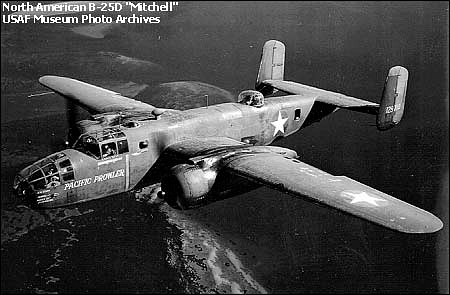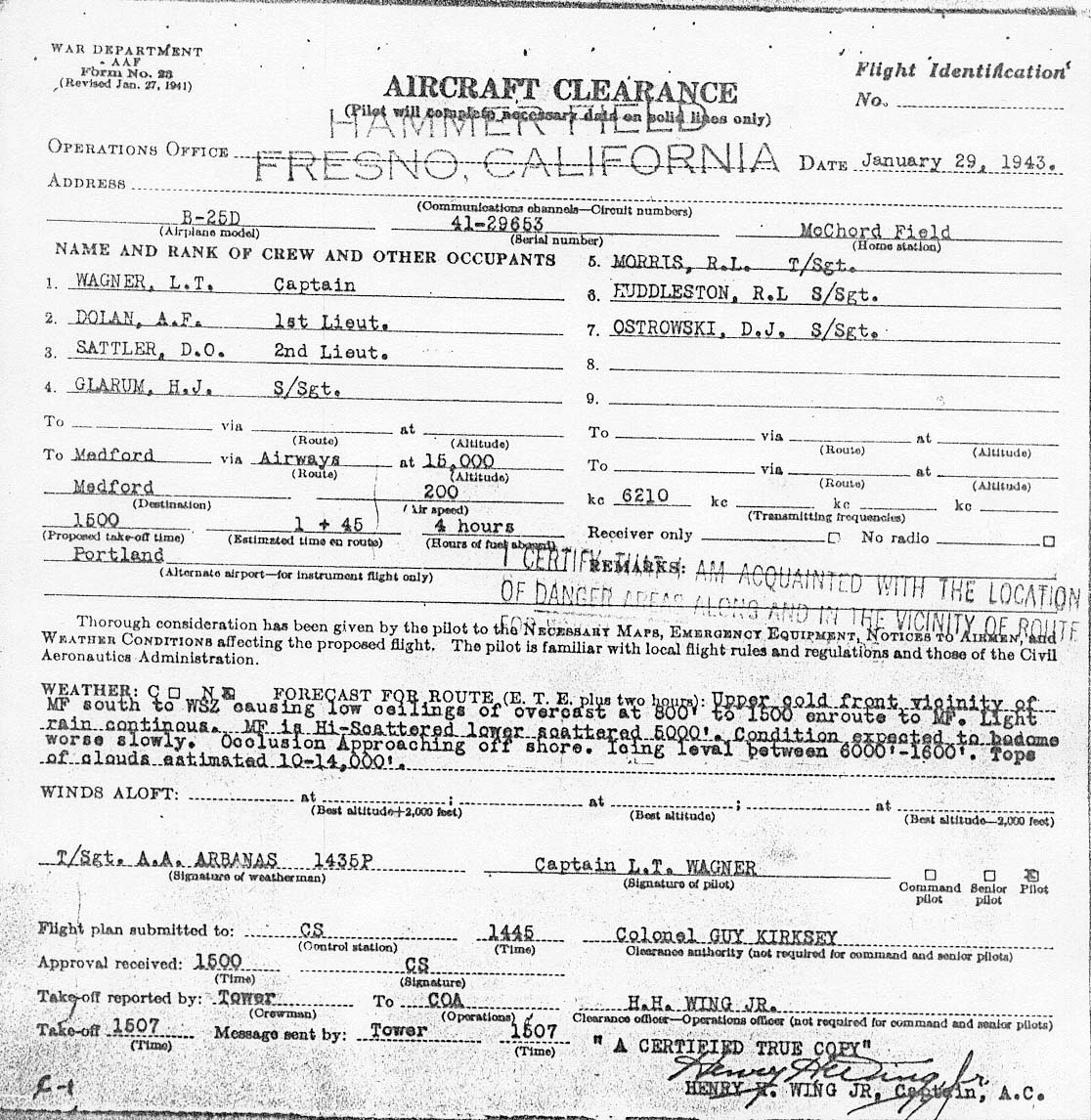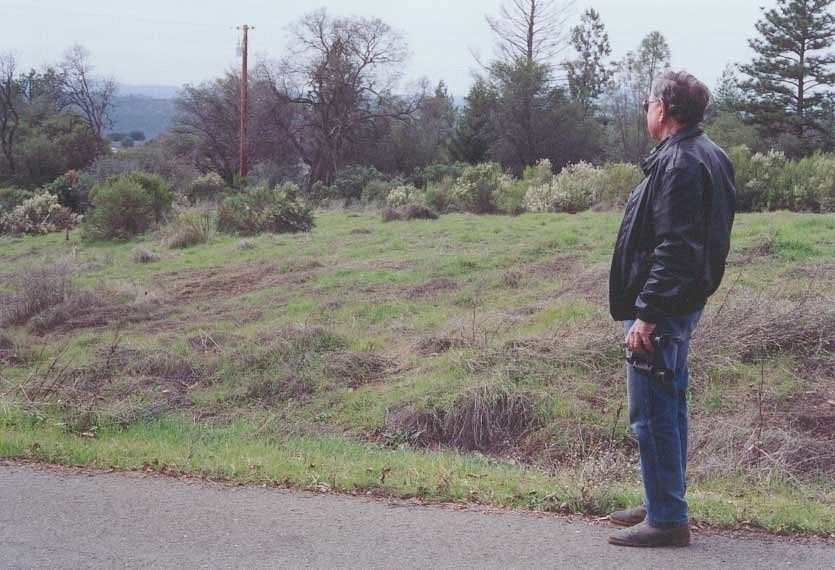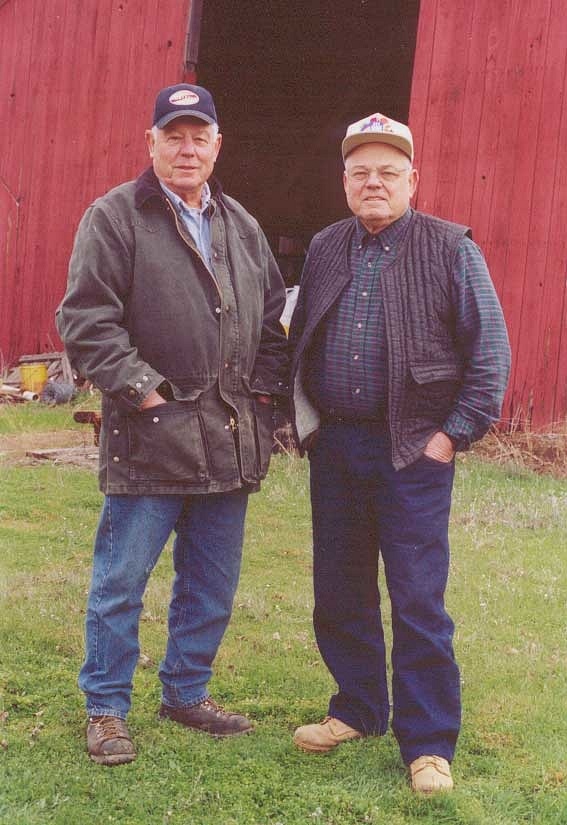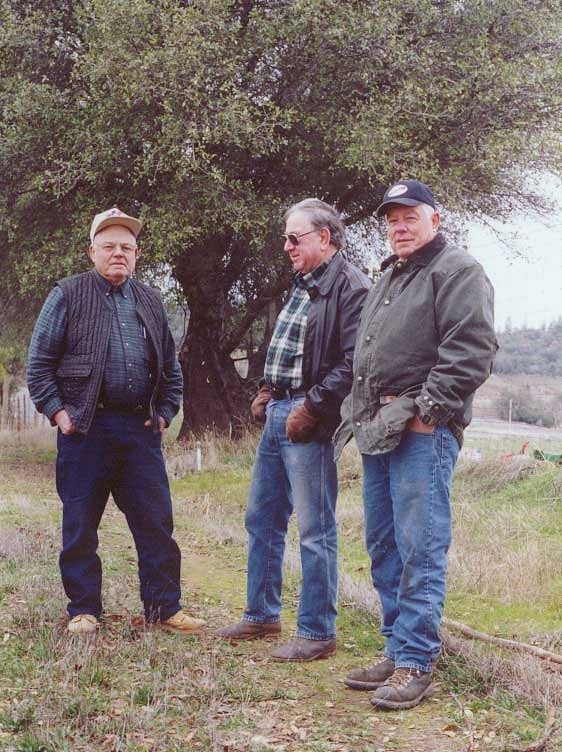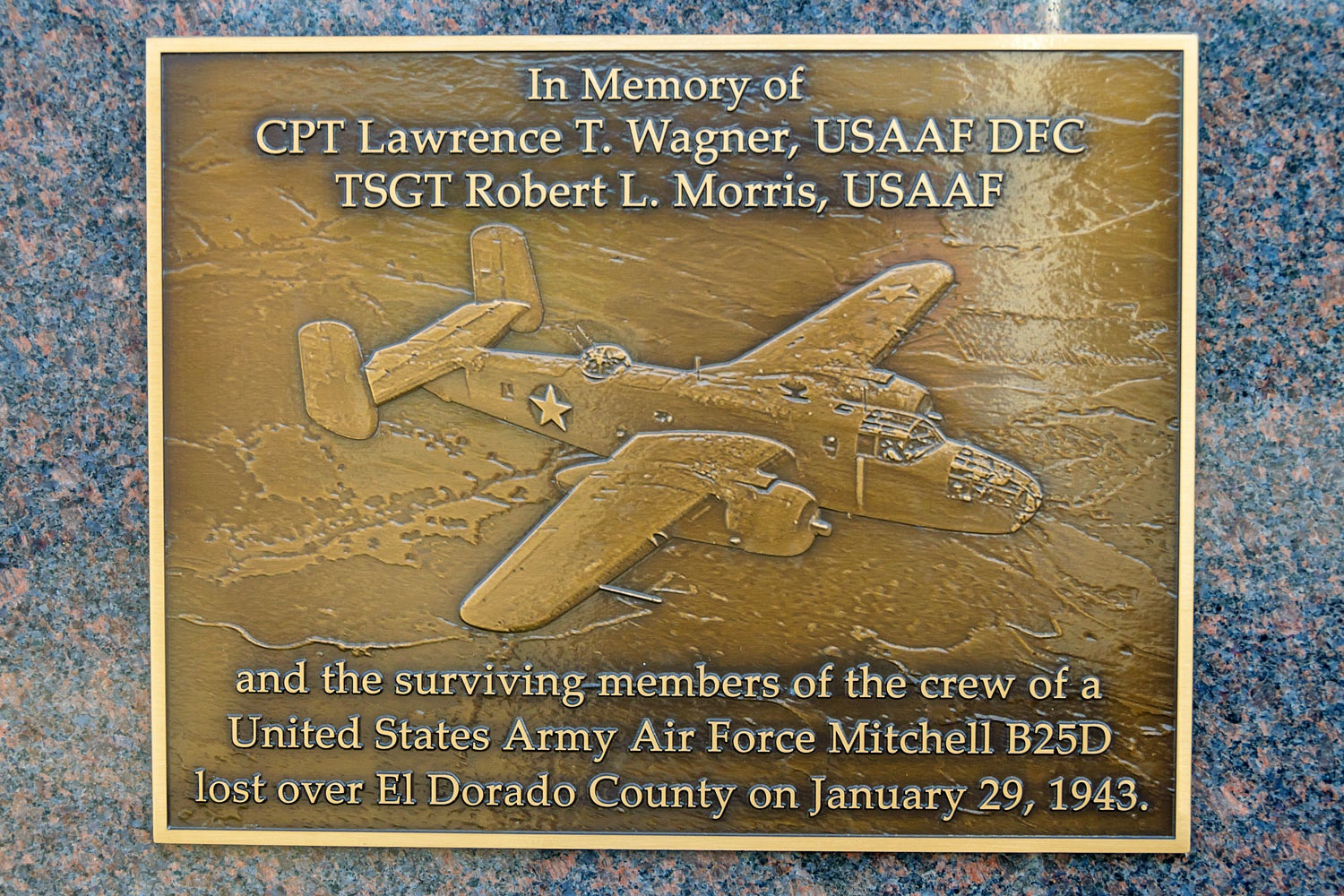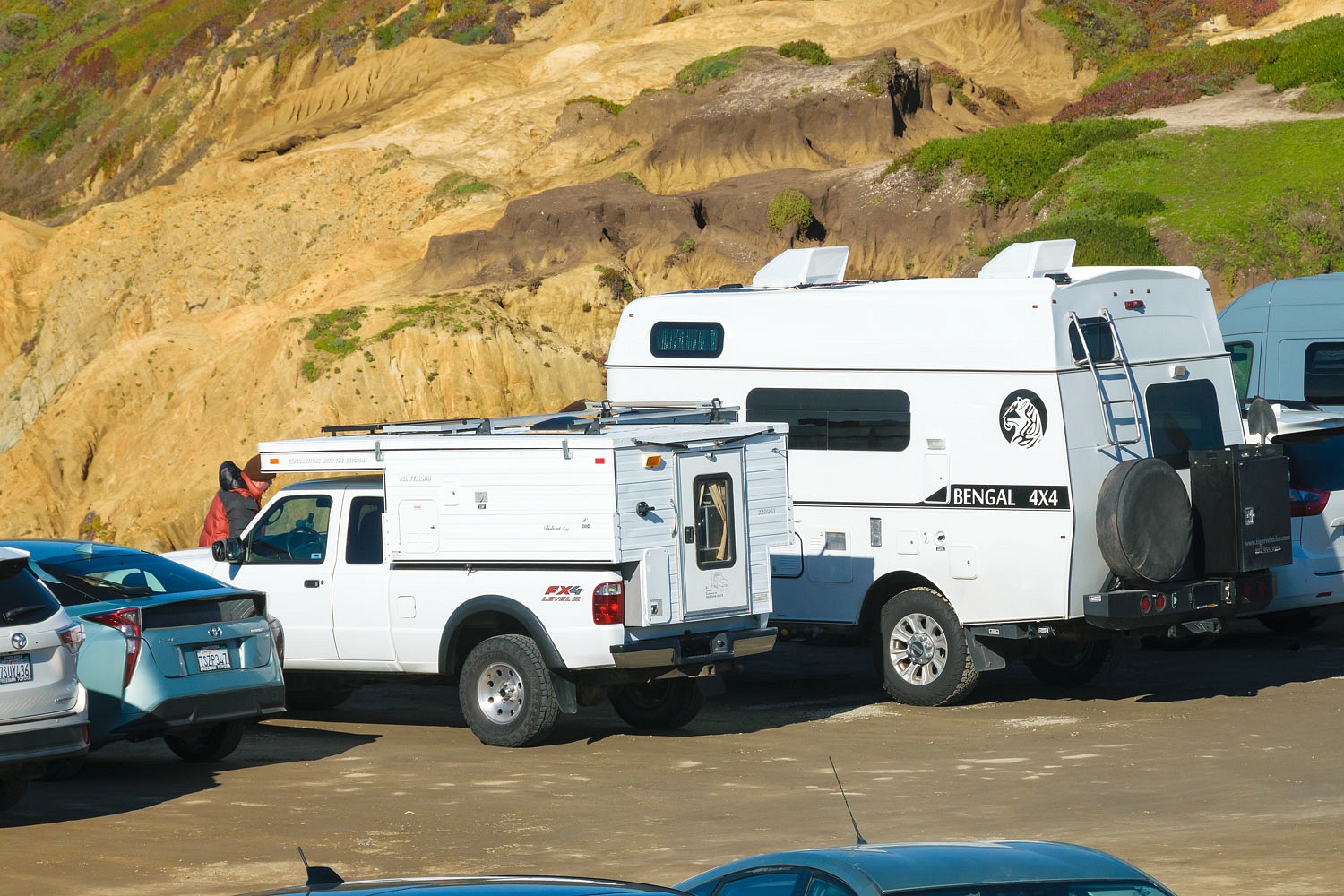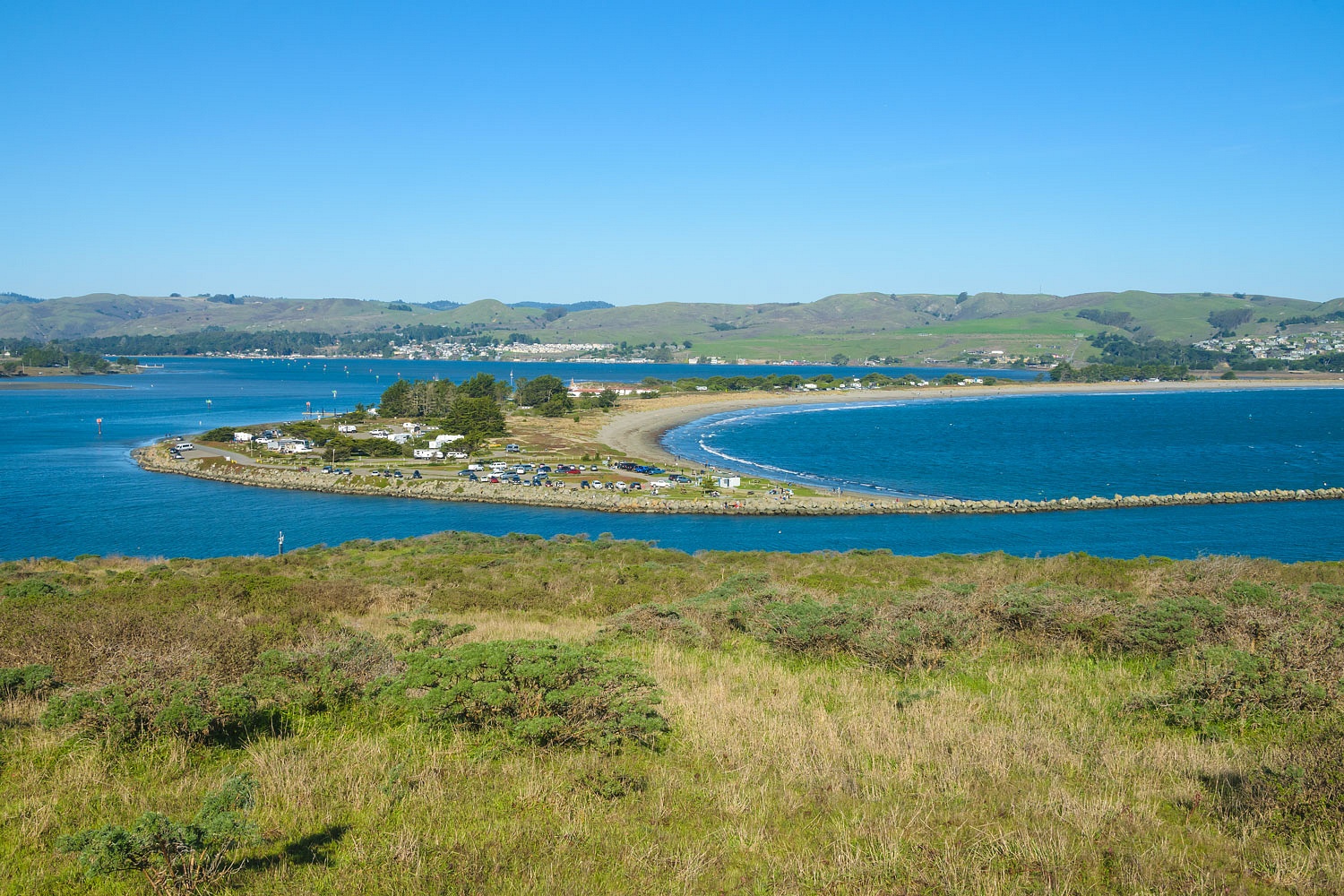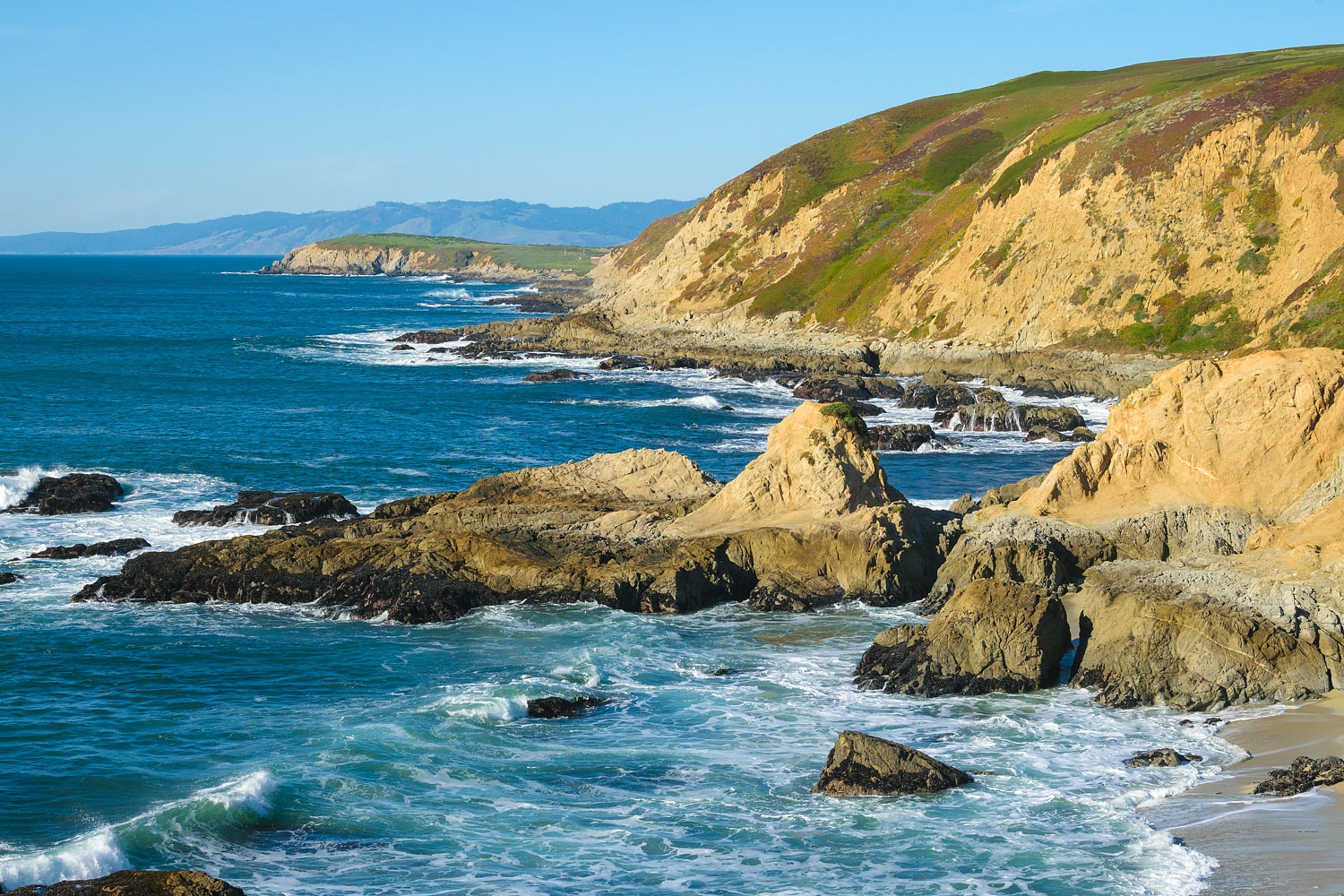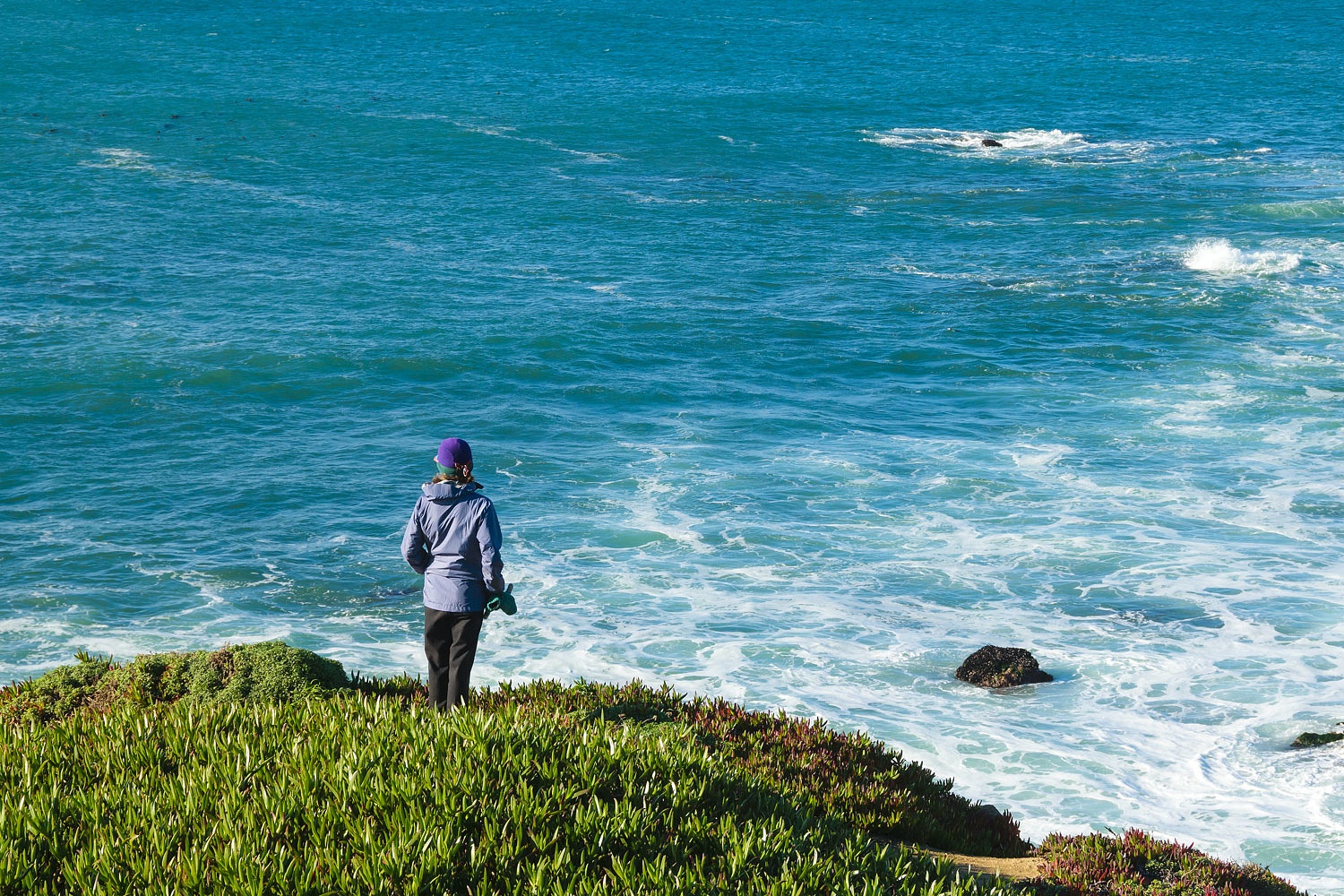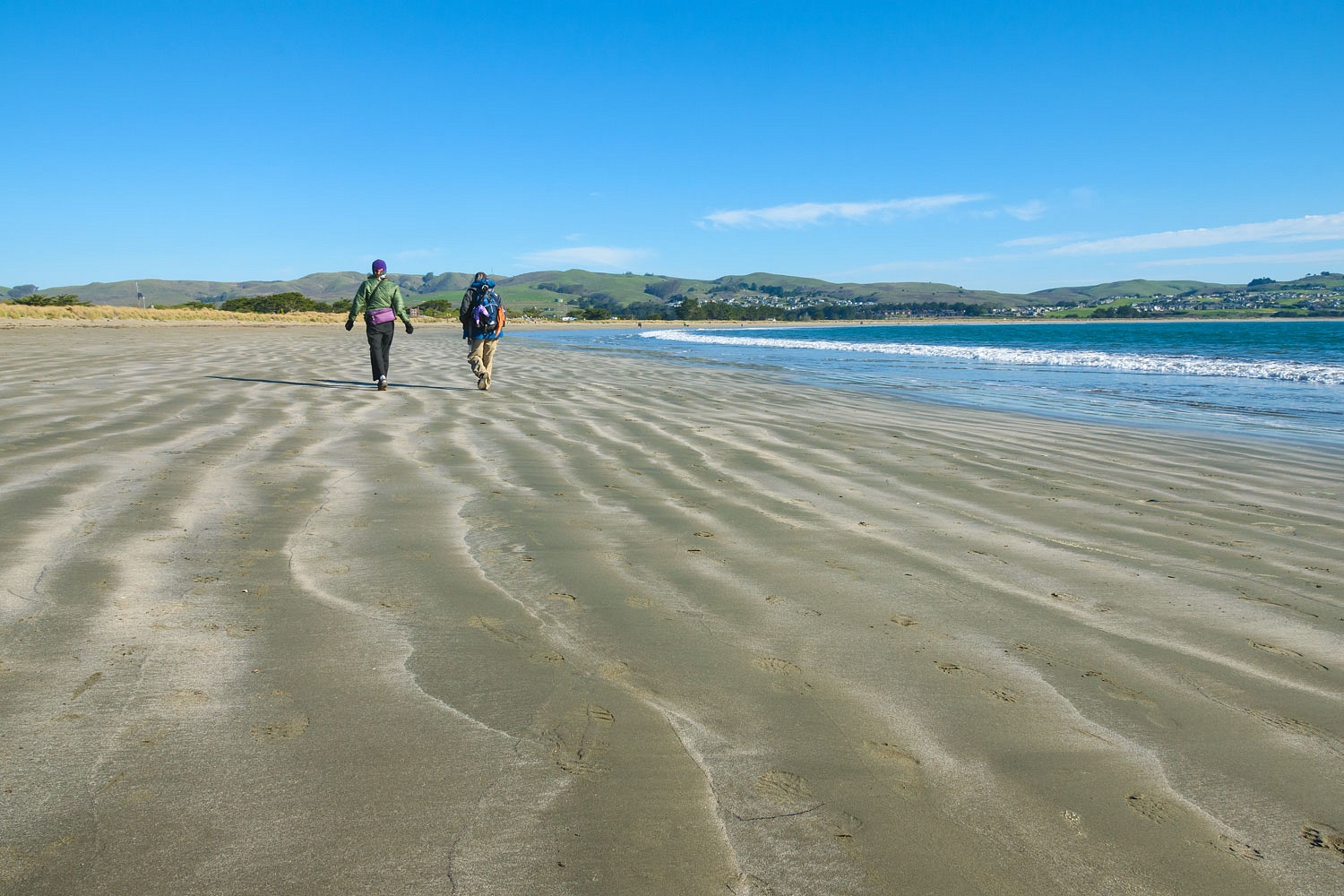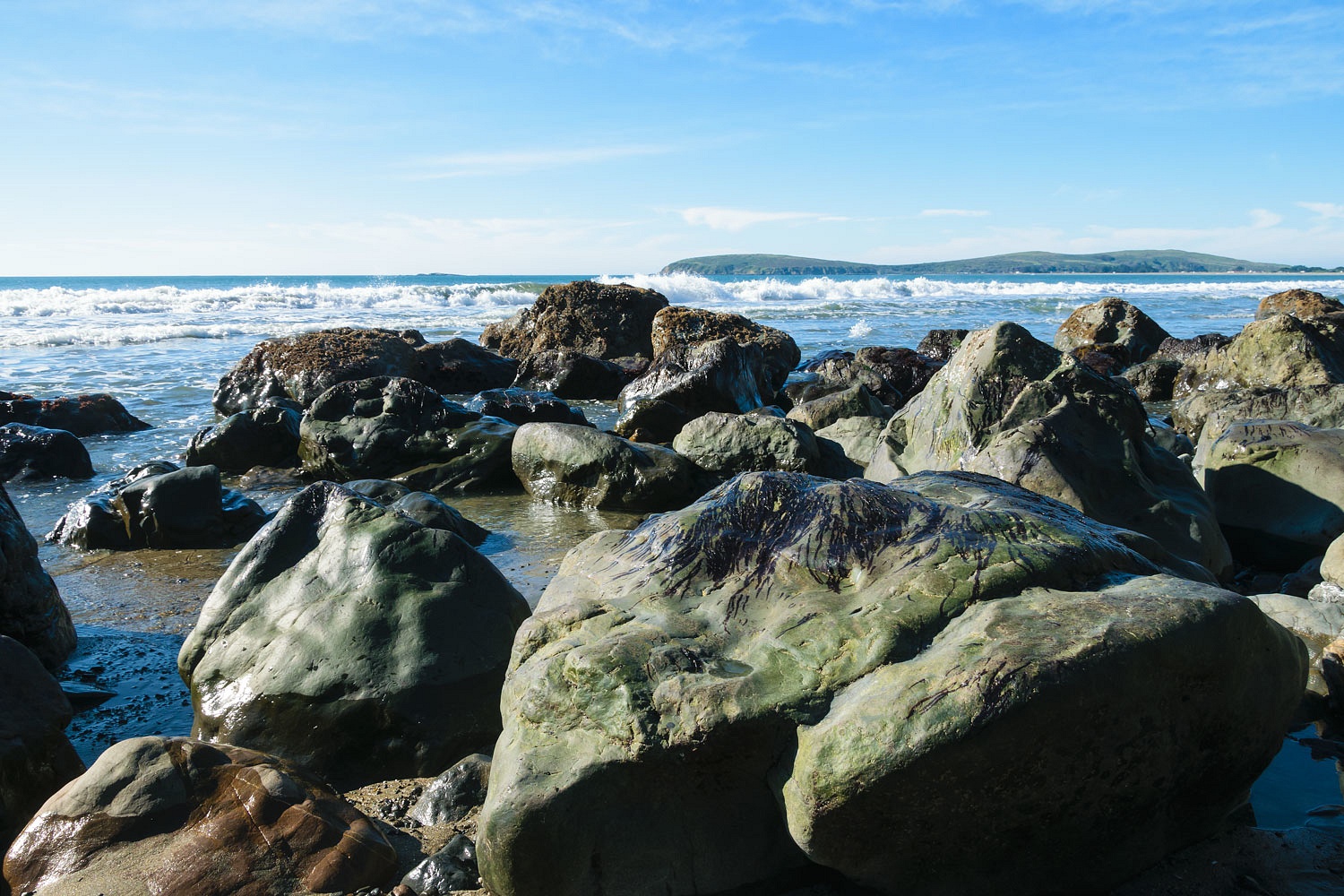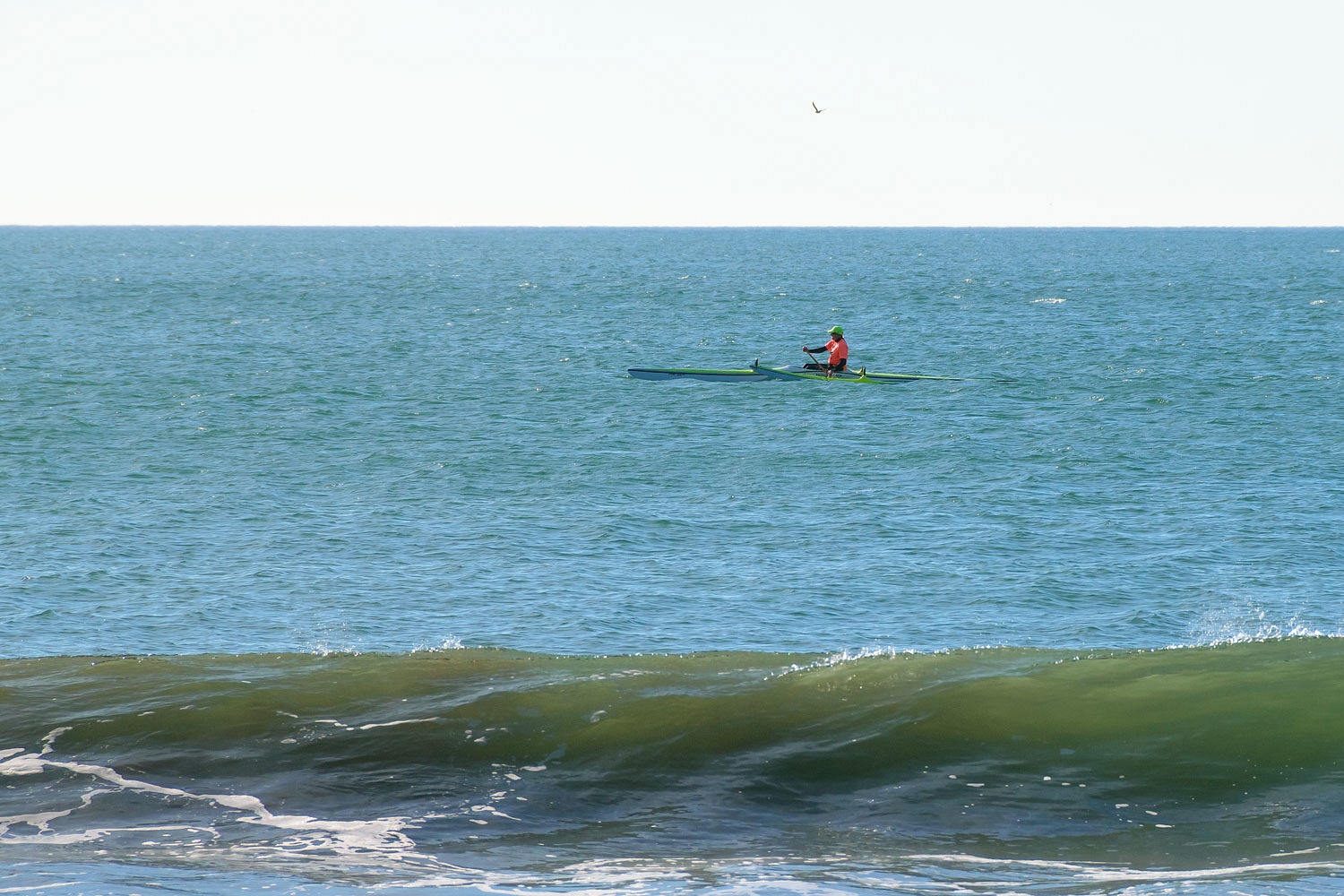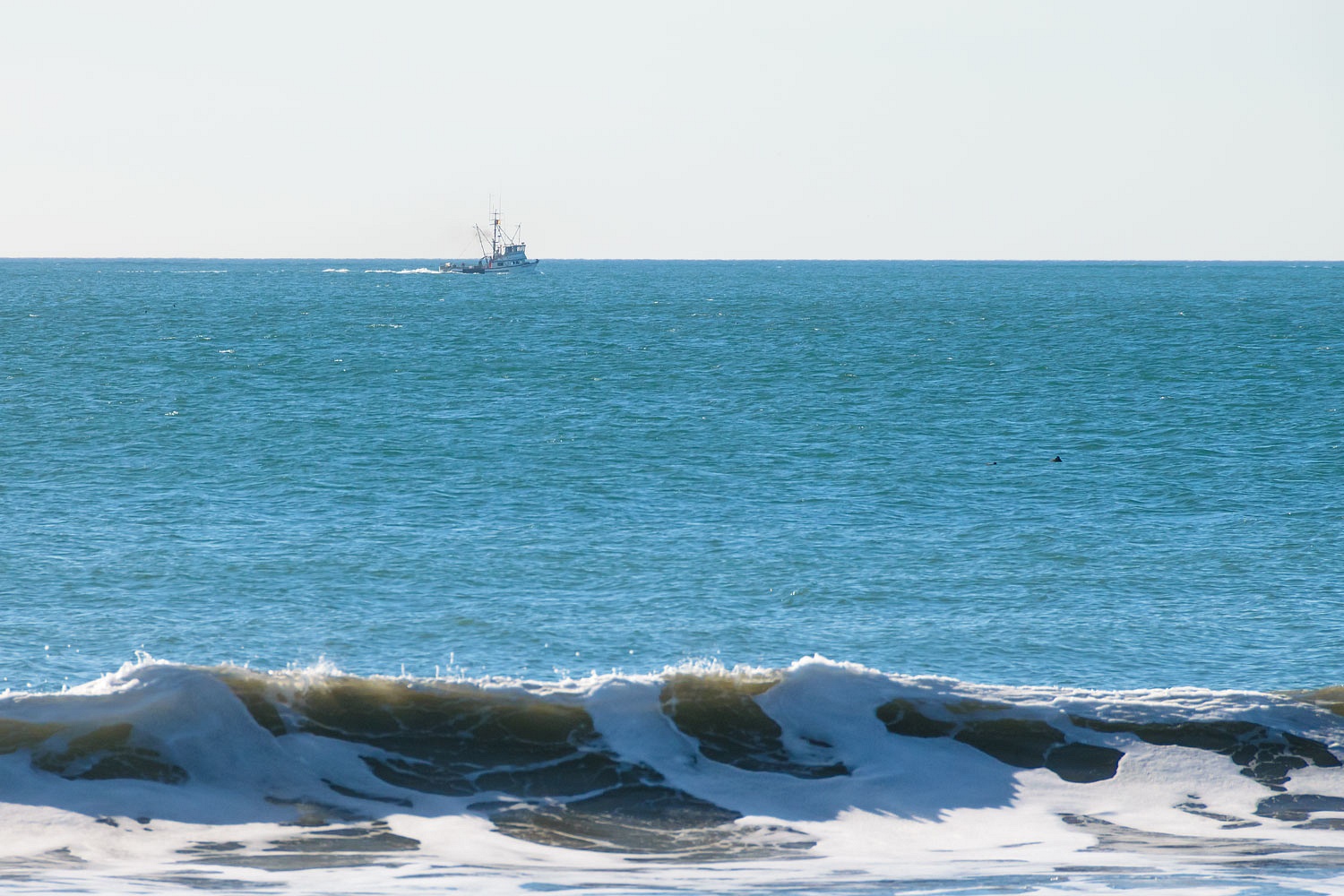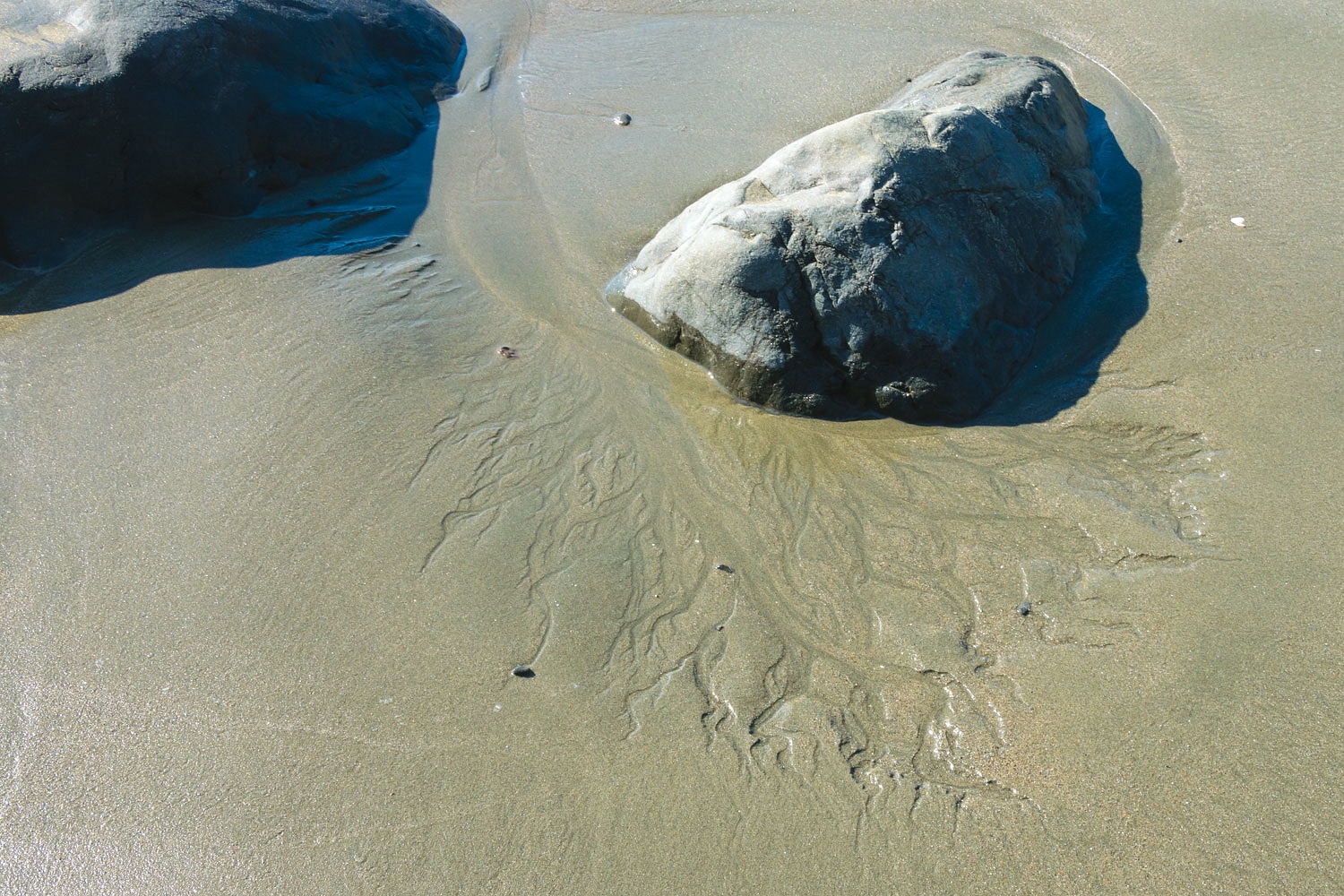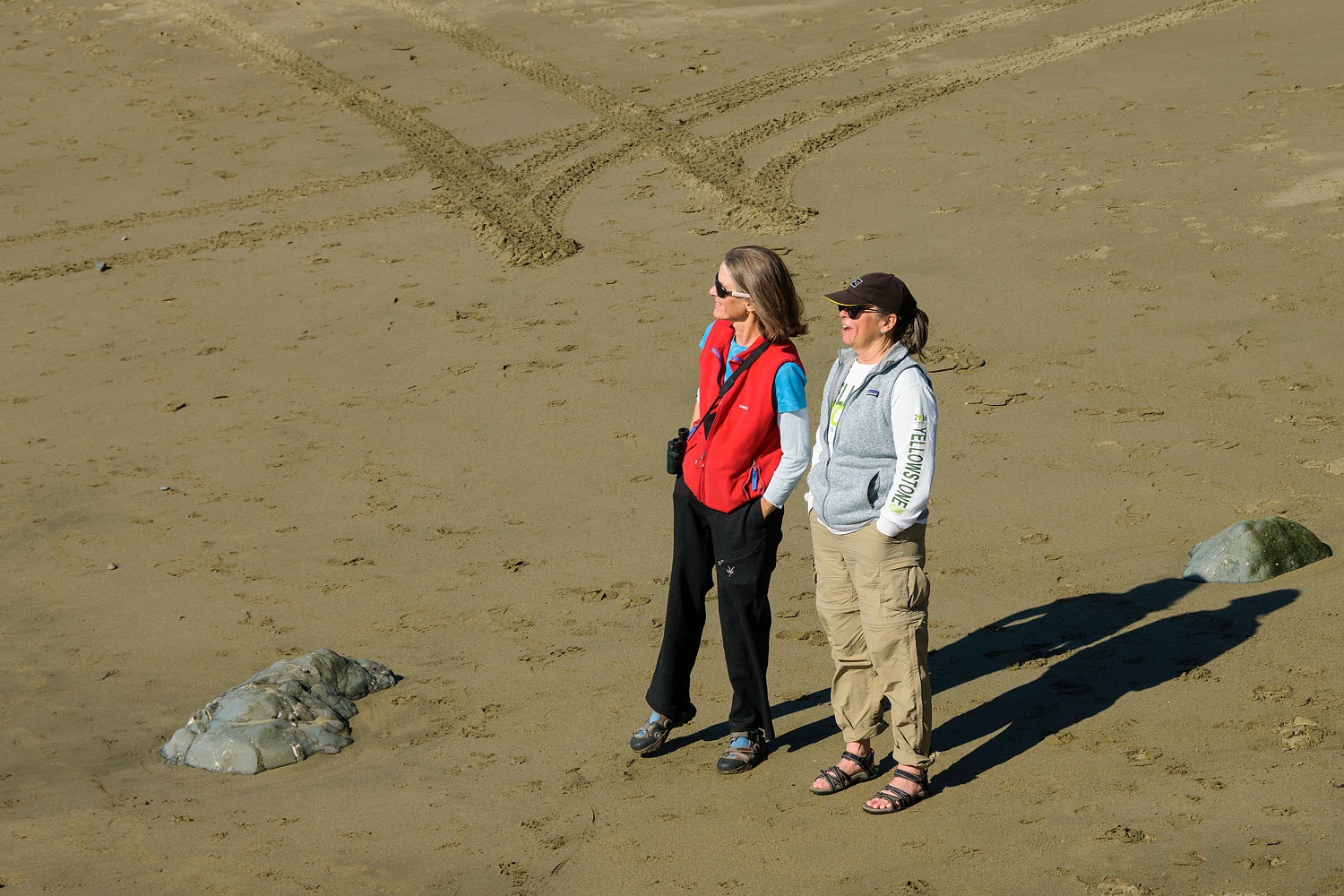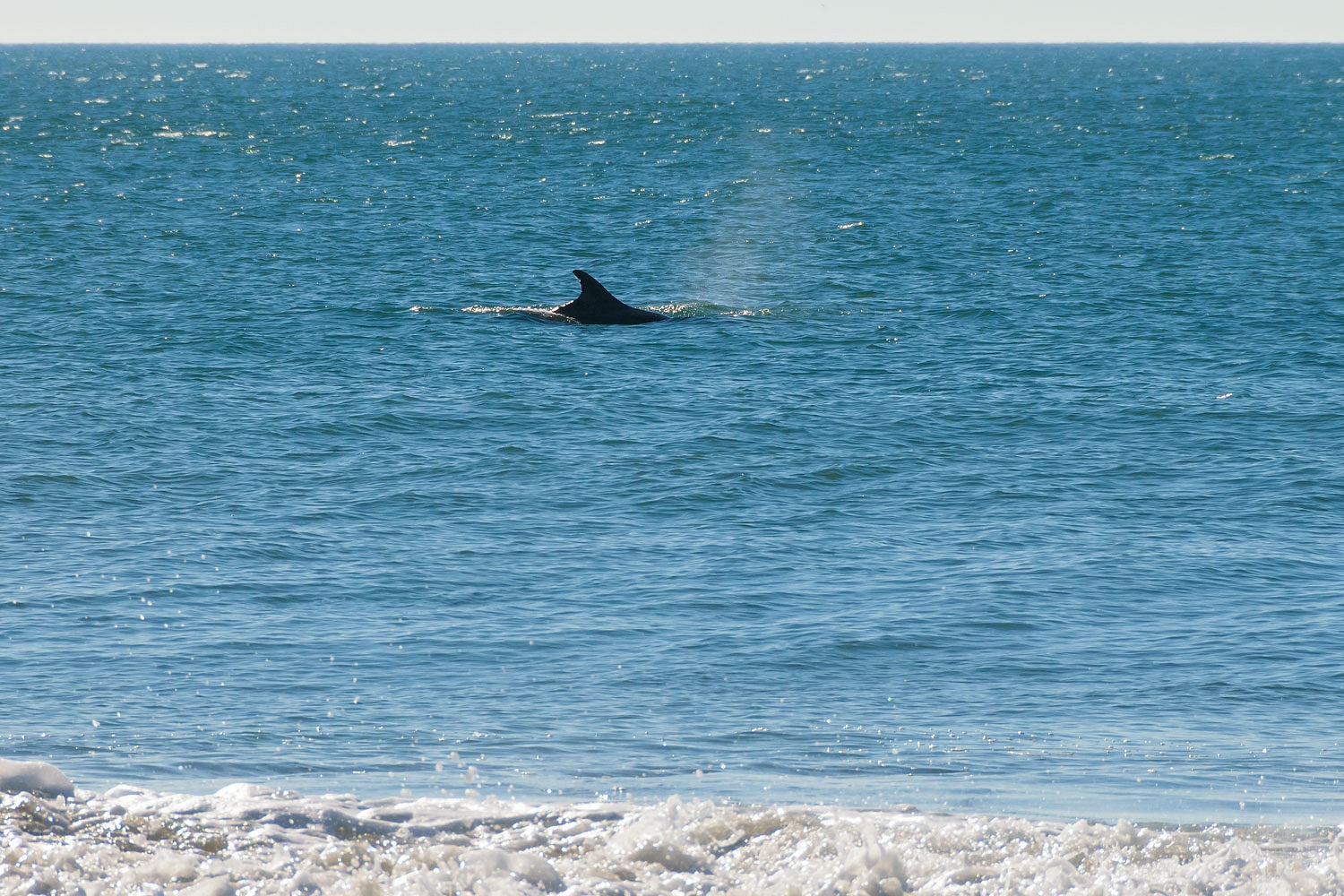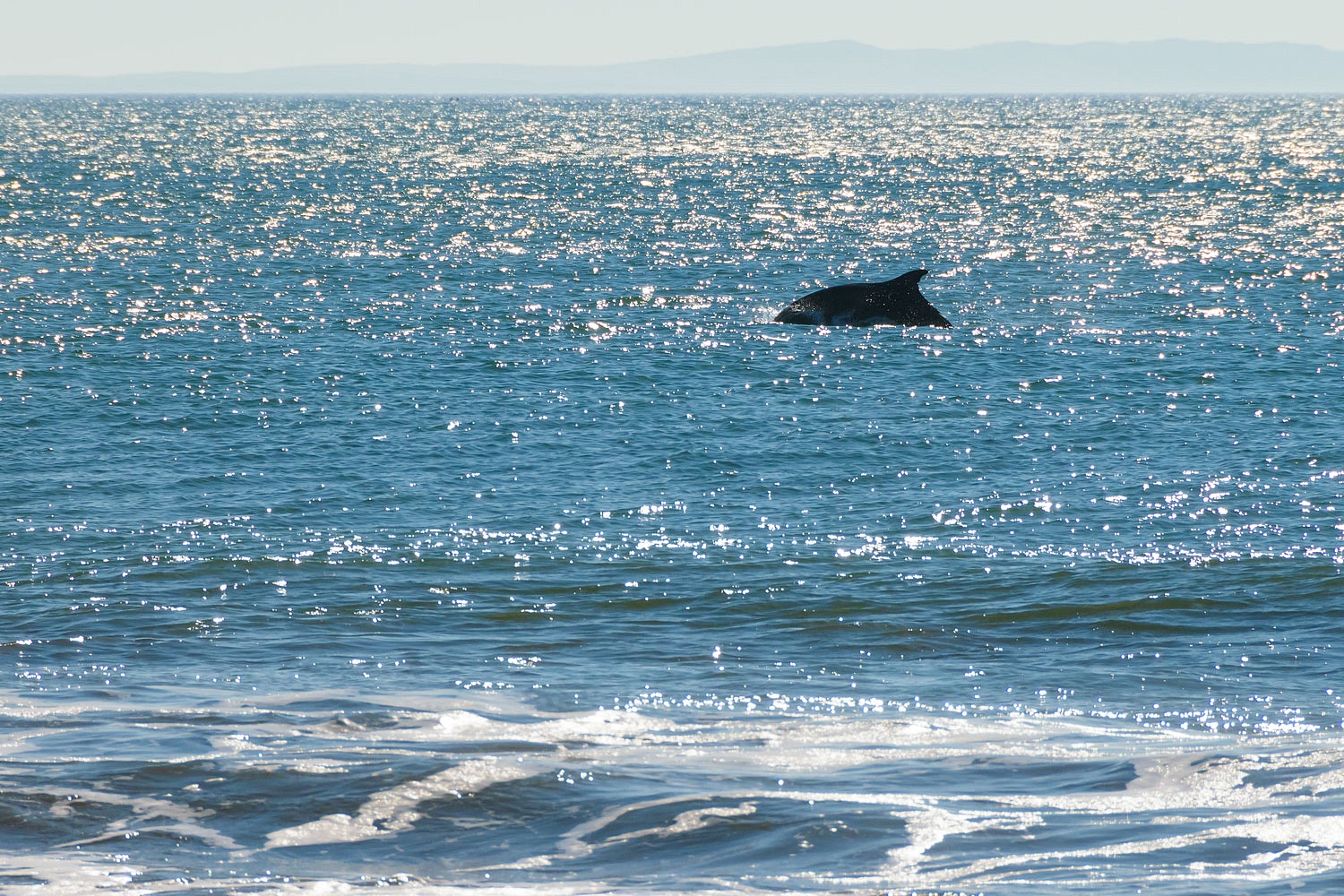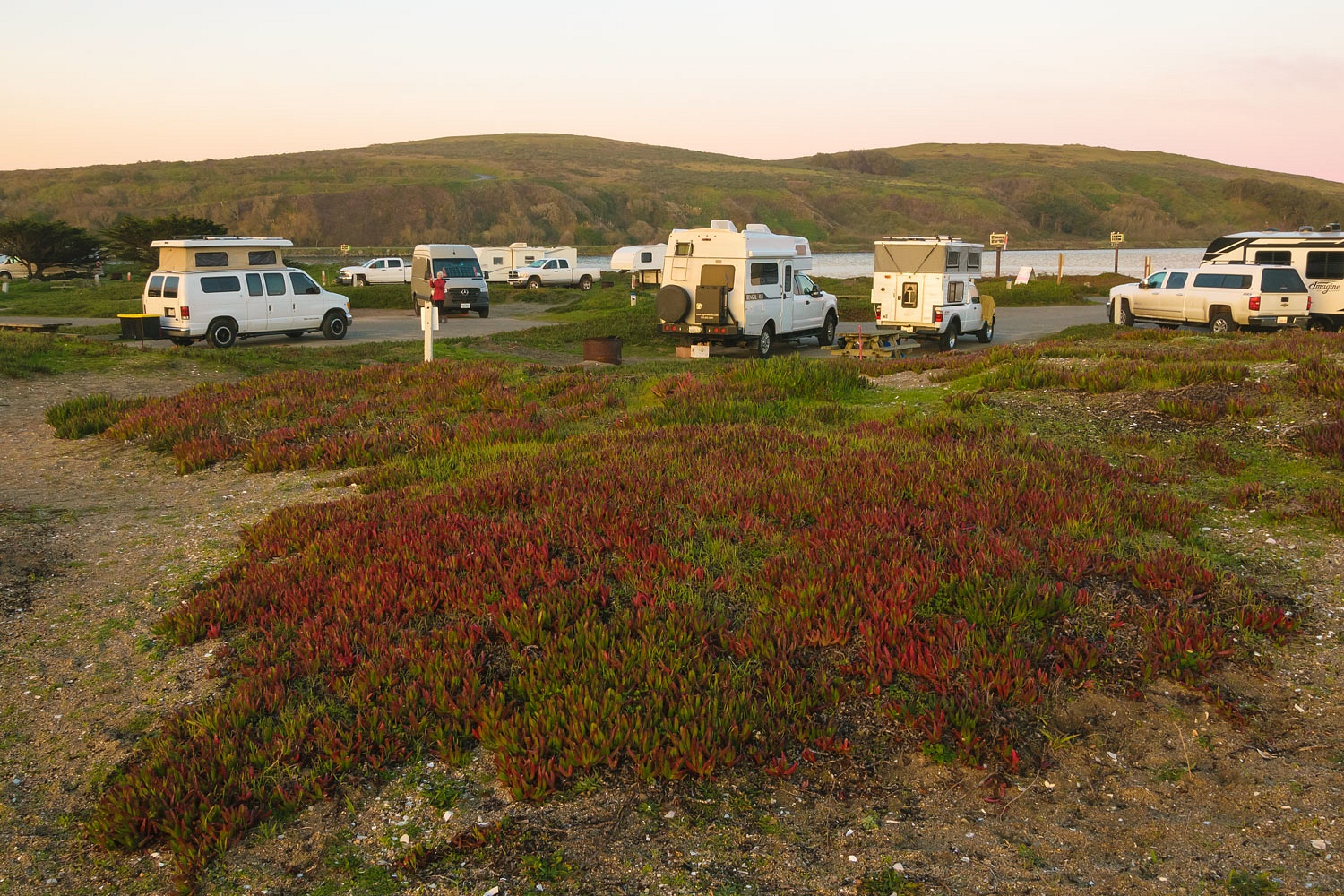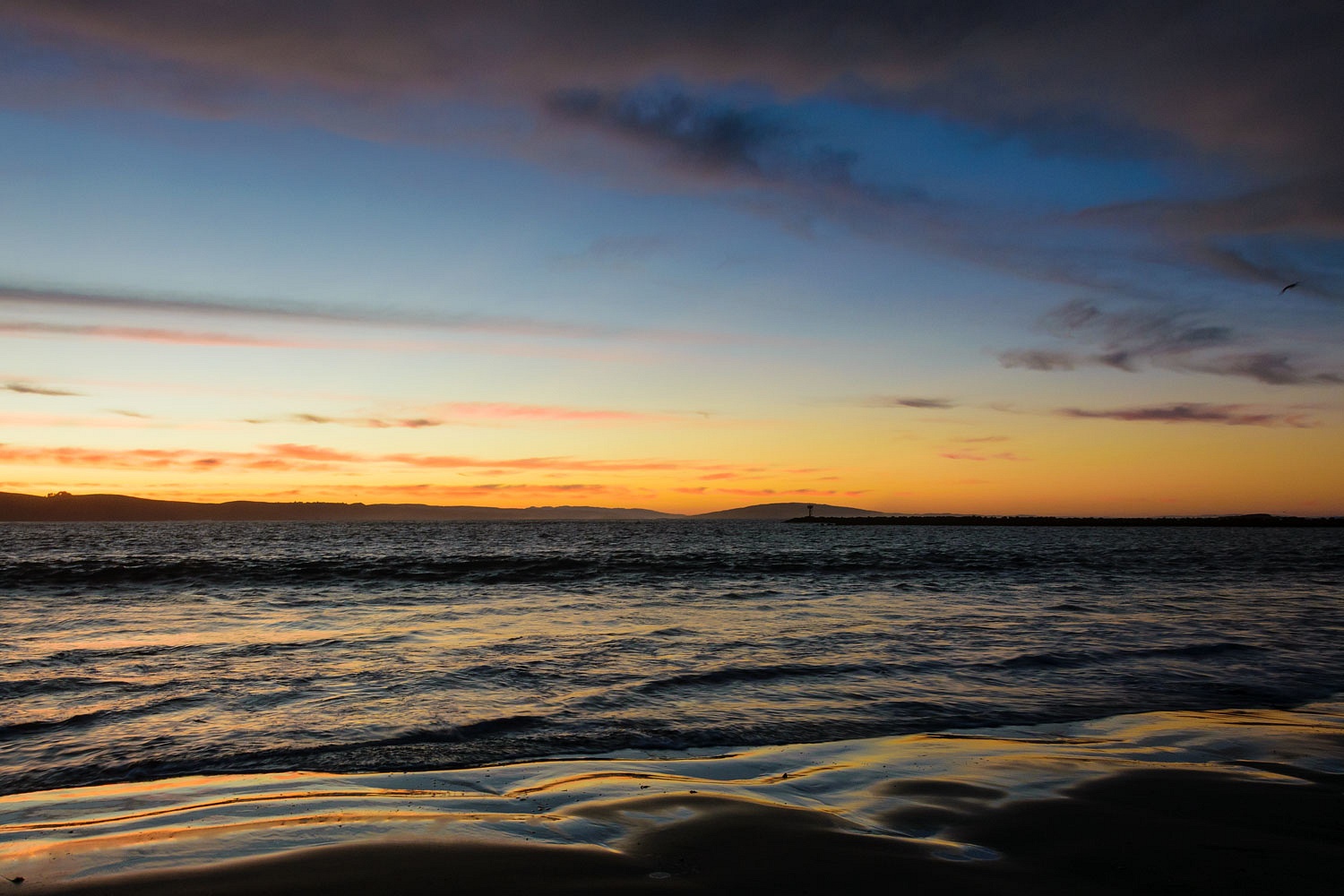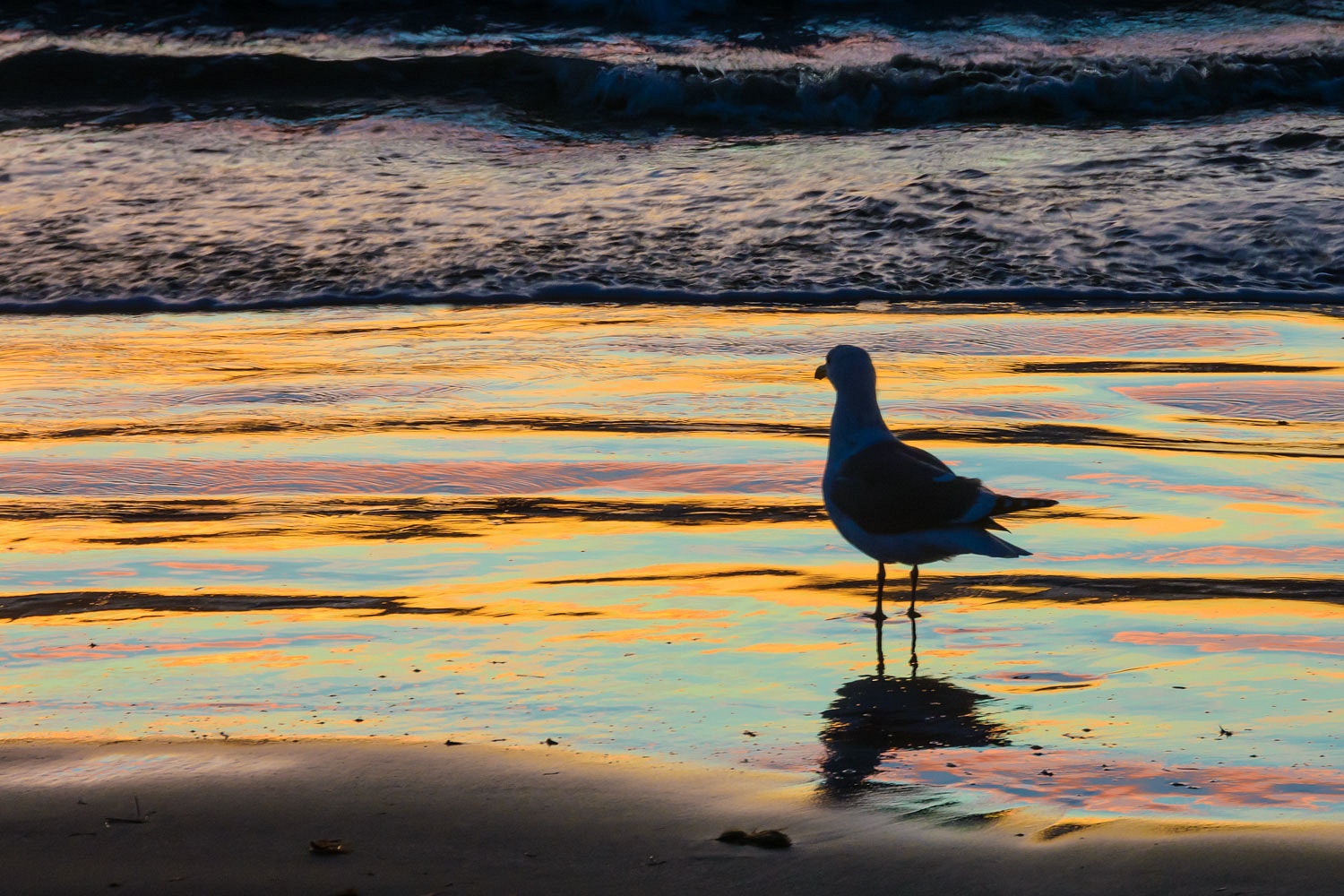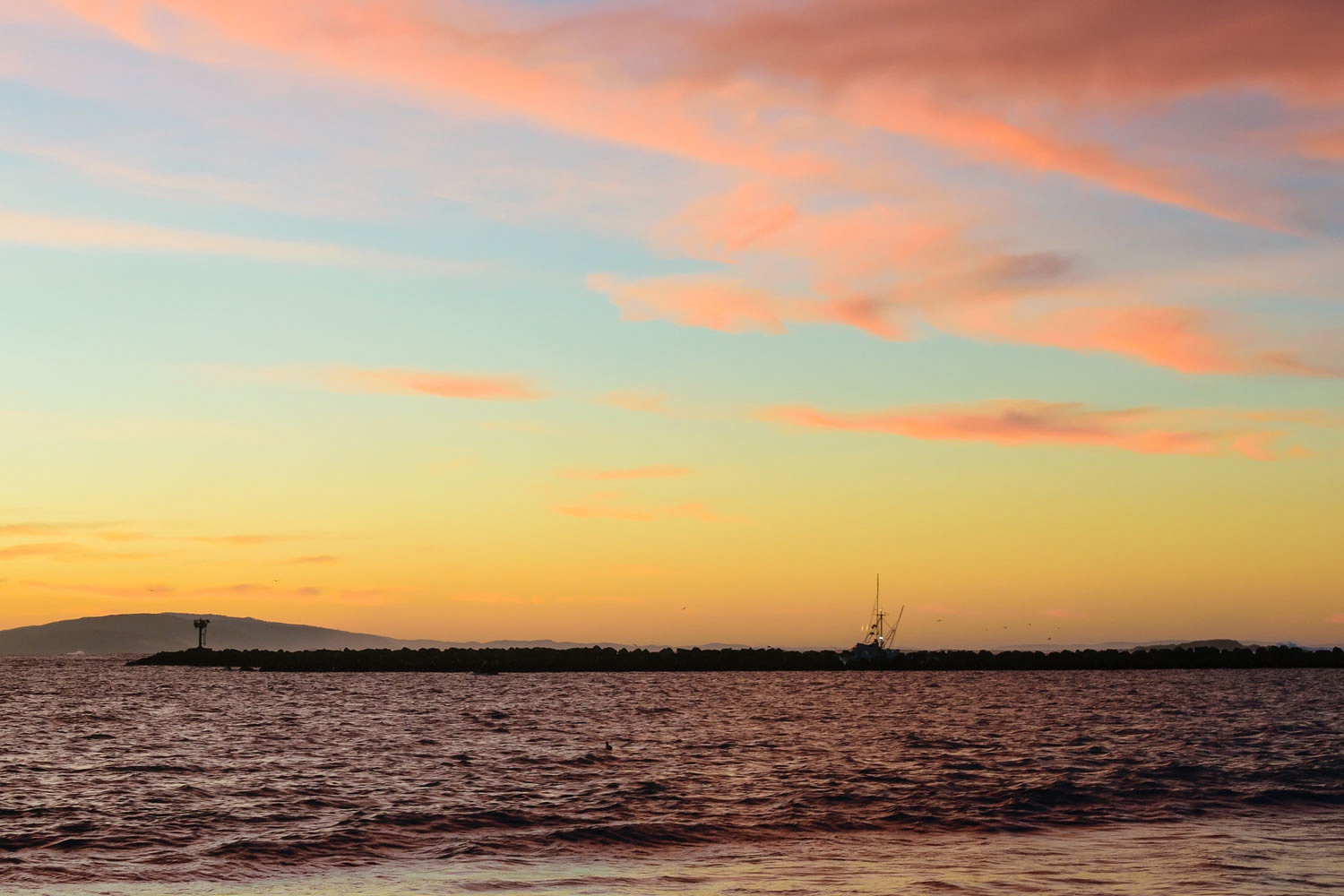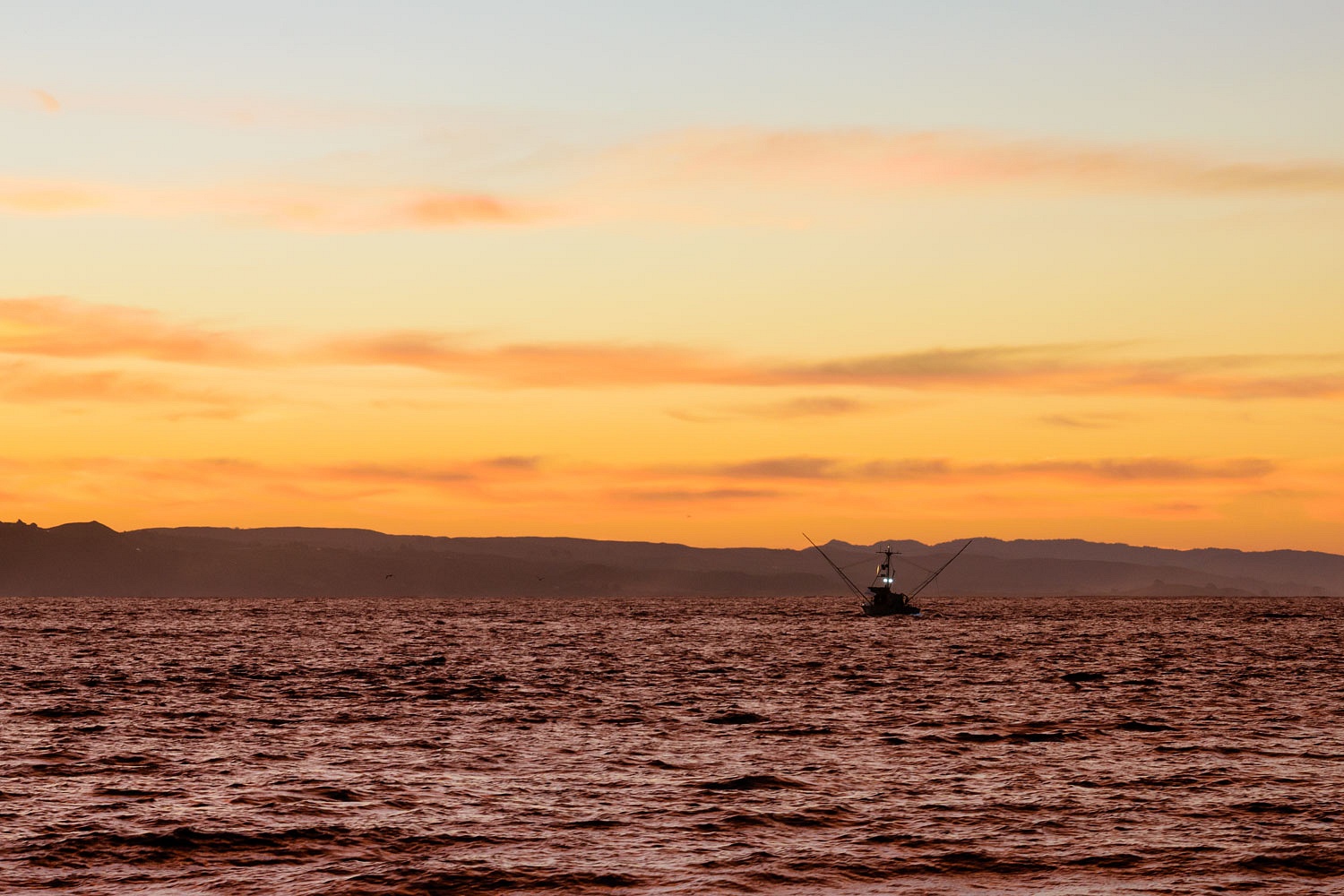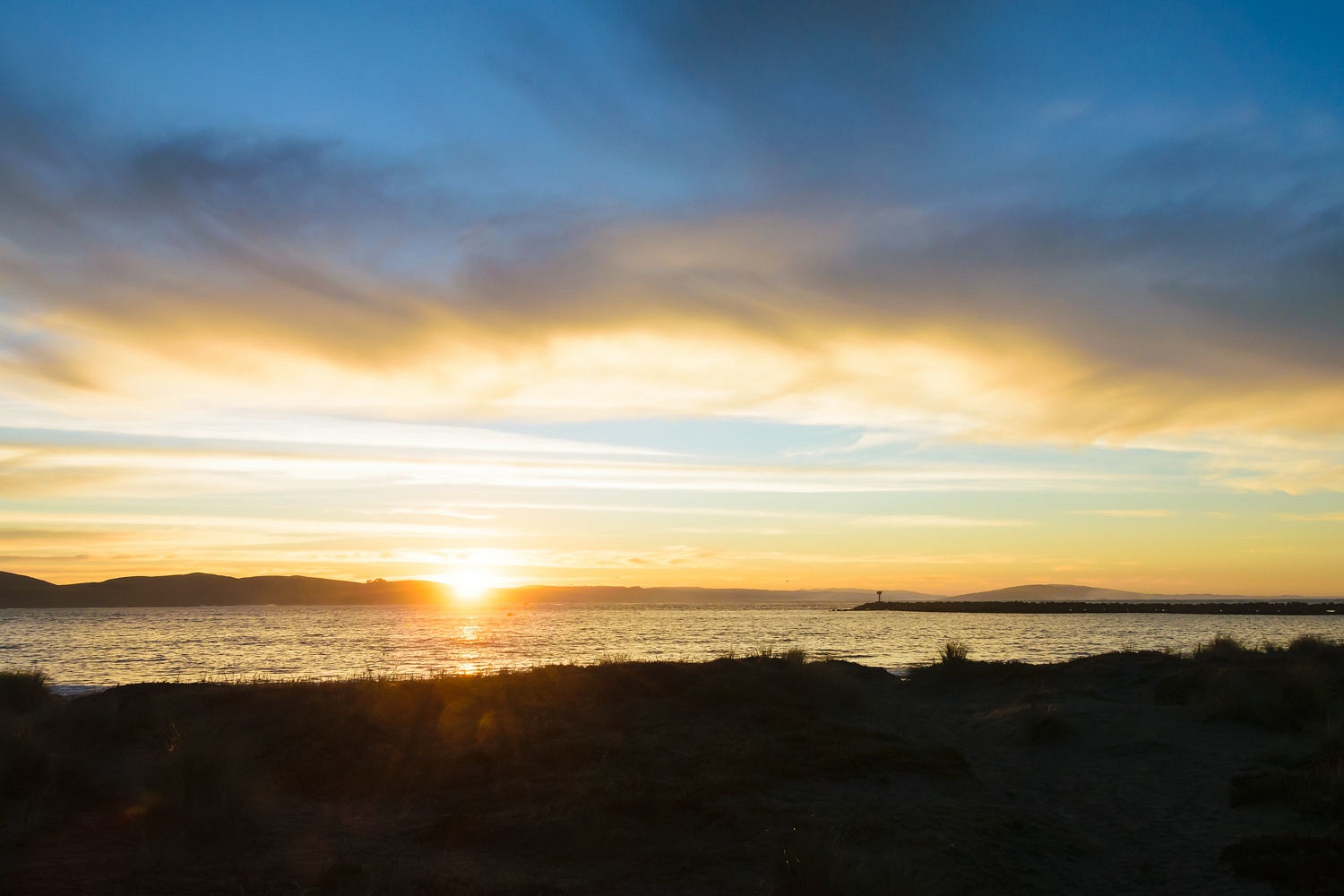Although this is not a travel story, it
was quite an adventure investigating this historic event.On the 29th of January 1943 a B-25 bomber crashed just north of
Placerville, California. In 2004 I wrote this account of the crash. It was
posted several years on another person's website that no longer exists. I've done
some minor editing to the story and I am posting it here to coincide with the
79th anniversary of this tragic event.
The Placerville B-25D Bomber Crash
January was a wet, rainy month in the Placerville, California area in 1943 and the world was at war. It was unsettled, hard, worrisome times, and the weather seemed to match the mood. But, life went on in this small town. People still went to work and kids still went to school, but with the war, life had changed dramatically. The news brought stories about the fighting. Tires and other items necessary to the war effort were rationed and hard to get. Local “air observers”, mostly women volunteers working for the Army, reported on aircraft activity from their observation posts and stood waiting to sound the alarm at the first sign of invasion. In downtown Placerville, the bus station stood at the corner of Main and Sacramento Streets. Many goodbyes were said here as young men went off to war with their families left wondering if they'd ever see them alive again. I don't believe those of us who did not live through this time period can possibly share the same feeling of patriotism, courage, despair, and hope that people developed then.
Rain fell most of the day on Friday January 29th. The roads were muddy and everything outside was wet. A young boy, Dick, 10 years old, and his brother Ed, 8, were playing on the hay bales inside the red barn on the family’s ranch in Gold Hill, four miles north of Placerville. Another boy, Rich, 13 and a freshman at El Dorado High School, got off the school bus in front of his family’s ranch on Coloma Road just east of Gold Hill, walked to the house and set his books inside the screen porch, a daily routine. A young girl, Marie, who lived nearby on the Brandon Ranch, got off the bus at the stop just before Rich’s and had begun walking home. As Rich was about to yell, “Mom, I’m home!” the roar of an airplane, somewhere up in the clouds, stopped him. Dick and Ed heard it too. So did Marie.
Rich hollered, “What’s that?” and ran to the edge of the yard. Dick and Ed stopped their play and listened. Marie stopped walking and looked up. Up in the clouds the plane’s engines were screaming. Above Rich the clouds were low but it was now clear off to the west past Pine Hill. Rich saw the sun, just about to set, shining beneath the clouds. He was focused on the engine roar when the big Army bomber fell out of the sky. Rich said he will never forget the sight of that silhouetted B-25, backlit by the sun, dropping out of the clouds and slamming straight into the earth. There was a huge flash, followed by a ball of flame rising into the sky. A few seconds later the shock wave and blast of the explosion reached him and rattled the ground. It was 4:33 in the afternoon. Marie also saw the death dive of the twin tailed, two engine bomber. Dick and Ed heard and felt the tremendous explosion also and ran outside. Rich yelled to his Mother, “I’m going down there!” and he took off on a run. His Mother called after him, “Now don’t you go down there and get blown up!” Dick and Ed’s parents got their two boys piled in the family's car to go find the crash site. Marie ran home, toward the billowing black smoke.
Captain Lawrence T. Wagner lifted his Mitchell B-25D U.S. Army Air Corps bomber off from Hammer Field in Fresno, California at 3:00 that afternoon. He and his crew were making the first leg of their flight home to McChord Field near Tacoma, Washington. Their destination on this leg was Medford, Oregon. They had been delayed most of the day due to weather. Earlier that morning, at 8:00, Wagner and his officers walked into the Base Weather Station for a briefing. The weather did not look good. A storm front was to the north with moderate icing conditions between 6000 and 15,000 feet. The forecaster, S/Sgt. Howard Winch recommended they wait until the afternoon when the latest reports would be in. Captain Wagner, his co-pilot, 1st Lt. Alto F. Dolan, and his bombardier, 2nd Lt. Dennis O. Sattler spent the last half of the morning in the weather station checking the weather and discussing conditions. They returned to the Base Weather Station again at 1:50 pm where they spoke with T/Sgt. Arthur Arbanas, who was taking over for S/Sgt. Winch. The weather ahead hadn’t changed much. Arbanas told the crew if they decided to take off that it would be an instrument flight and the best plan was to go “over the top” of the storm. Wagner told Arbanas that they were flying a B-25 that could climb well over 20,000 feet. Arbanas stated it wouldn’t be “cozy” flying in the conditions ahead and again asked if Wagner wanted to go. Wagner said, “Sure.” He said he knew the country well and would turn back if conditions became “too unfavorable”; and if that didn’t work, he smiled and joked that he would bail out. At 2:35 pm Arbanas finished writing an instrument clearance for the flight. This document stated that conditions were expected to worsen: icing was expected between 6000 and 16,000 feet, and the top of the clouds was estimated to be between 10,000 and 14,000 feet. Their flight to Medford was expected to take an hour and 45 minutes. They would not be in the air that long.
As the B-25 headed north into the storm, it carried seven young men. There were the three officers: Captain Wagner, in the pilot’s seat; 1st Lt. Alto F. Dolan, the co-pilot; and 2nd Lt. D. O. Sattler, in the navigator’s seat. S/Sgt. Harold Glarum was the flight engineer. Back in the Radio Operator’s seat was T/Sgt Robert L. Morris and four feet away was S/Sgt Robert Huddleston, sitting near the top gun turret. S/Sgt George S. Ostrowski was further back in the tail, sitting to the rear of the rear exit.
The plane climbed immediately after leaving Fresno. Dolan radioed Fresno when they broke through the first layer of clouds at 8500 feet. Near Sacramento they were back in the storm and climbed to try to get above the clouds. They broke out momentarily at 17,500 feet and were about 5 minutes from Redding, when Captain Wagner made the decision the weather ahead was too dangerous to continue and turned around to return to Fresno. He found that the storm had grown in intensity behind them.
In an effort to get above the storm, Wagner continued to climb, reaching 21,000 feet. While still in the clouds another problem emerged: the crew was getting cold and some of the men did not have access to oxygen. Their oxygen masks had been stored in bags on a platform in the bomb bay and Glarum could not get to them. They had to descend, and at 18,000 feet they flew into sleet and snow and ice. They turned on the de-icers. Glarum reported that they were working perfectly, but Huddleston, in the back, saw ice forming on the horizontal and vertical stabilizers, and showed it to Ostrowski and Morris. He asked Morris, “Are the men up front aware of it?” They continued dropping, reaching 10,000 feet and the heart of the storm. Here they took a beating. Glarum described it, “The storm was tossing us around something terrible!” Huddleston added, “The ship began to act up plenty!” The rudder and elevators frooze up with ice. Pilot Wagner and co-pilot Dolan fought to control the plane but suddenly it went into a dive. Toolboxes, papers, and equipment flew off the floor, slammed to the ceiling, and hung there. Morris and Huddleston also left the floor and were thrown about. The plane screamed downward. It took both Wagner and Dolan pulling on the yokes together to finally bring the plane out of the dive. But they were still in the middle of the storm and the control surfaces were still freezing up. Wagner and Dolan worked feverishly just to keep the plane flying straight. And then the air speed indicator, flight indicator, gyral compass, and radio all failed. They were now flying very low at 6000 feet and not sure of their location. They knew they could be over mountains in a plane they could no longer control. It was time to get out!
Captain Wagner gave the order to abandon ship - bail out with parachutes. He motioned to the guys in back to get out and told co-pilot Dolan to get out with the guys in front. Glarum saw Dolan get out of his seat, but then Glarum was thrown to the ceiling and back down to the floor. Dolan told Glarum to pull the emergency hatch. He managed to do this but was then thrown back to the ceiling and then right back down near the hatch. Sattler pushed his way past Glarum and jumped out. Glarum was tossed about again but got a foot out the hatch and found himself tumbling out of the plane. Dolan followed. In the back, things were just as chaotic. Huddleston saw the Captain give the order to jump and groped his way back to tell Ostrowski to pull the rear emergency exit handle. Ostrowski wrenched it open, and followed as Huddleston crawled out.
S/Sgt. Harold Glarum was drifting in his parachute when he heard the explosion. When he came out of the clouds he saw the burning airplane below him. If he could have looked closer, he would have seen the teenager, Rich, running down the hill and over the irrigation canal, toward the smoke and fire. Rich first reached a pear orchard on the Brandon Ranch where a Japanese man who worked pruning the fruit trees who yelled and waved his shears for the boy to stay away; the plane had hit right near him! Rich darted past into a short open field, over the fence line onto the Wallace Ranch - and there was the crater, about 40 feet across and 30 feet deep. The plane had gone straight in. Orange flames swirled in the pit and “machine gun ammo was still exploding in the bottom, so I didn’t get too close!” Rich said. There was nothing recognizable as “an airplane or airplane parts” but the evidence of the death of men on board was everywhere. Horrific carnage had been inflicted on the bodies. Dick and Ed saw it too. In the short time it had taken Dick & Ed’s parents to drive over, the road in was already choked with vehicles trying to reach the site of the crash - so they drove to the Brandon ranch house. The boys spilled out and off they went through the same pear orchard. Ed described the field the plane went down in as “newly disced” and said there was an oak tree nearby that was covered with dirt and mud thrown up by the impact. People and the authorities arrived as did some of the “air observers” who had reported the crash. One of them was Dick and Ed’s aunt who was quoted in a local paper, “There was hardly a piece of the plane debris but what a person might easily carry away.” Ed remembers Orelli’s ambulance being let through to carry off what was left of the men onboard.
2nd Lt. Sattler was the first out of the plane and also heard the big ship explode as he was riding his parachute down. He landed near a farmhouse in the Cold Springs area and was taken by the farmer to Placerville. Glarum said he rode his parachute for about three minutes. He saw two houses on the way down and, after landing in the brush, went uphill to find the houses. Men were already looking for him, having watched him come down. Glarum heard their yells and one of the men gathered up the parachute and carried it to the Cold Springs schoolhouse. Men in cars then drove up and Glarum was taken to the El Dorado County Sheriff’s Office in Placerville. 1st Lt. Dolan, S/Sgt Robert Huddleston and S/Sgt George S. Ostrowski all drifted to the northeast across the South Fork of the American River Canyon and landed in the Kelsey Canyon area. Dolan, the co-pilot and the last one out, spotted the two other parachutes on the ground before he landed. Huddleston’s parachute caught in a tree on the way down and he banged his head on the hillside. Huddleston gathered himself and walked for an hour and twenty minutes before he found the main road and sat down. Members of the “North Side Posse”, led by El Dorado County Supervisor William Breedlove, found him. Huddleston’s face was cut and bleeding and he was dazed and confused. He asked the men, “Where am I? What state is this?” as he was taken to the Kelsey store. The Posse had already located Dolan. Ostrowski landed further downhill near a “miner’s cabin.” He found the cabin empty and left his parachute there. He continued downhill where he eventually came to the South Fork of the American River. He followed the river downstream all the way to Coloma and walked up to the first house he saw. Sam Summers took him into Placerville, arriving at about 9:30 that night. Five airmen from the B-25 were now accounted for.
Two of the airmen did not make it out of the B-25 - the radio operator, T/Sgt. Robert L. Morris; and the pilot, Captain Lawrence T. Wagner. These two young men did not die in combat overseas. They died in a field just north of Placerville. They were not called heroes in the many newspaper articles I found, but I believe they are heroes, even looking with hindsight on the mistakes they made. They left their homes and loved ones and were doing their part in the war effort, and they were killed. Mary Wagner was a young girl in the seventh grade when the Army representative came to Troy, Kansas and talked to her father. After sharing the tragic news with the immediate family, Mr. Wagner made the heart wrenching trip to tell Lawrence’s fiancé. 61 years later, when I spoke with Mary, she told me every detail of that event is forever vivid in her memory. I know the families of the two men killed in the crash remember them as heroes.
The Army arrived quickly and took control of the crash site, with the help of the local authorities. Small pieces of the once-proud bomber were scattered over a wide area. The plane also carried military cargo - I was told leather flight jackets and .45 caliber pistols - and these were mixed in with the wreckage. The clean-up crew did a thorough job removing the wreckage. A large crane was set up beside the crater and the two once mighty radial engines were hoisted out from the bottom and trucked down to Sacramento. A problem with curiosity seekers arose. Sheriff Lowell O. West made an announcement on the Monday following the crash. He stated, “Both Wallace and the Army personnel from McClellan Field have requested that no further trespassing be done on the property.” He also said that all “souvenirs” taken from the plane crash “be surrendered at once to the sheriff’s office.” I'm curious how many .45 caliber pistols were picked up. The Army worked for a week picking up and trucking away debris. The two ranch owners, Wallace and Brandon, got together and decided that, since the Army made the hole, the Army could fill it in. Rich told me that trucks brought loads of “valley loam soil” up from the Sacramento Valley until the crater was filled. The road in had been deeply rutted by all the heavy traffic in the wet weather and the Army repaired that also.
On Wednesday, February 3rd, the Gold Hill Observation Post of the Aircraft Warning Service - the air observers - received a visit from Captain Roy Emmerson. Mrs. Corrine Miller was the Chief Observer, and Mrs. Henry Bacchi was the observer on duty that Friday when the ship went down. Emmerson personally thanked all of the volunteer workers. He presented them a letter of commendation from the Army for their handling of the information about the downed B-25. The story of these women’s work involving the B-25 crash was later dramatized on a weekly radio program called “Eyes Aloft.” How wonderful if a copy of this program still exists.
In April of 1943 The Distinguished Flying Cross was awarded posthumously to Captain Wagner and was presented to his father. It was stated that Wagner had saved the lives of five of his crew by giving the order to bail out.
After much of the excitement about the crash had run its course, young Marie was out walking the ranch land near the crash site. As she walked, something caught her eye down in the dirt. She picked it up and cleaned it off. It was captain’s bars from a uniform. Marie contacted the Army and turned them over, requesting that the bars be given to Captain Wagner’s family. It was a simple request, but profoundly the right thing to do.
Author’s notes from 2004:
I came upon a 1943 newspaper clipping about the crash while doing research on a different historic plane crash. It amazed me to read that an Army B-25, the type of bomber that Jimmy Doolittle and his Raiders had flown, had crashed so close to Placerville. I wanted to see if I could find the spot where it went down. I wanted to learn the story. I started out as too much of a cynic. With all the growth in the area, I thought I would find the land all chopped up into estate lots with large houses replacing the once productive orchards. I thought nothing would resemble the area written about in this old clipping I had. To my surprise, what I found was very pleasing. Yes, there are some absolutely gorgeous new homes out there now, but the area has retained its rural agricultural feel. The Brandon Ranch and the Wallace Ranch are no longer there; the old, large ranches have been divided up, into smaller ranches, farms, orchards, and vineyards. Not only was the countryside like the “old days” so were how I might imagine the people to have been. They were polite to listen to my story and I got a lot of, “Yeah, it seemed like I heard about something like that once.” They helped with further leads and let me poke around their property to see what I could find. Dick, the 10-year-old boy in the story, even took me up in his plane to see if he could remember and show me the crash site from the air. Yes, Dick became a pilot, as did his brother Ed. Dick soloed on the 50th anniversary of the Wright brother’s flight and both he and Ed are now retired after careers as commercial pilots.
I did locate the spot. There’s no wreckage nor any sign that a catastrophic plane crash had occurred here. There’s only a slight depression where all that “valley loam soil” had settled. As my wife, Julie, and I walked with the property owner over the site, the place felt haunted. It was just a field, but two young airmen had died here and one of the great aircraft of our military’s past had exploded into thousands of unrecognizable pieces. There is nothing here to remember these two almost forgotten heroes or their plane. But the story should be remembered as should these young men, the plane, its crew, and all the community members who came together and played a part in this small piece of history.
I was able to revisit the site again two days prior to the 61st anniversary of the crash. The property owner gave me permission to bring along Rich, Dick, and Ed, the young boys in my story. It had been several decades since they had been to the crash site. We spent a couple of hours on a cold morning walking around the live oak trees each of them had described to me. The property owner had heard faded stories of a plane crash but no real details until I had contacted him. He was especially interested in hearing the eyewitness accounts told by these three men. We wandered over the crash site and the stories began to flow, vivid details mingling with the scent of the wet earth. Rich moved slowly with the aid of a make shift walking stick. “My legs just aren’t what they used to be”, he said as an apology that wasn’t at all needed. But, he wanted to walk the entire area. “Dick and Ed, do you remember the smoldering parachute pack?” Rich asked.
“Boy, I don’t know” Dick answered. “It was a long time ago.”
“Well, I sure remember all the split 50 caliber shell casings laying all over” Ed added.
“Yeah!” Dick continued, “The heat caused the powder to blow and the cases split in the explosions!”
“I remember picking some up later and, do you know, the primer was still intact on each shell. The heat exploded the powder but not the primers!” Rich said.
Rich went on, “I remember one .45 pistol and the grip was split open. The powder in the shells in the magazine had exploded and ripped open the grip!”
And so it went as the memories came back, details filling in the story as they talked together. And then they spoke about the human carnage. Here the three men’s memories became one and their voices softened. Images had been seared onto the eyes of boys, graphic testimony of the utter destruction of life and the stark reality of unimaginably violent forces. They had seen things as young boys that very few of us, thankfully, ever will see. They still carry the memory with them, as do others. I interviewed a woman, Hazel, who was in her mid twenties at the time of the crash and she worked in the District Attorney’s office. “The whole town, it seems, headed out to the crash,” she told me. “I went with the District Attorney and his wife in their car. We got waved through the traffic jam because he was the District Attorney. What I could see from the car was more than enough for me. I put my head down and didn’t look. I did not get out of the car.”
Rich, the young boy in the story above, is a retired high school teacher and had taught at the school he attended as a boy. He loves the area. It’s evident as he goes back in time with boyhood stories of growing up on his family’s fruit ranch. He called me one evening and said, “I have to tell you about this.” He went on about how his family had bought their ranch and, as he explained, “Folks were expected back then to take care of the things that came with property when you bought it.” One of the things that came with their ranch was an old Native American man called Wesley. “He lived in a small cabin and he was old. I always thought that he was ninety years old.” There was an Indian burial site down on the flats near where the B-25 would later crash. The kids in the neighborhood picked up beads and arrowheads. Rich explained, “We all had shoe boxes of stuff we had picked up. But, we never touched any bones!” Rich said that Wesley told him stories about how, as a boy, his family group would travel through the area and the burial ground was where they would bring their dead. As Wesley’s stories were passed around the neighborhood children, they started thinking better about their collections. “We really started to worry that we would get bad luck,” Rich said. “We took our shoe boxes down there and put the stuff back.” Rich continued, “I believe it was 1939 when the University of California came up and did a big dig, sifted through everything and carried it all away. It’s probably long forgotten in some building in Berkeley.” Rich explained that the Native people were very angry about this but felt powerless to do anything. One day shortly after the B-25 crash, Rich’s mother asked him to carry some milk down to Wesley. Rich was still quite excited about the crash and asked Wesley if he had seen it, and what he thought about it. Wesley answered in a mix of English and his native language. Rich couldn’t understand all of it, so he carried the words home to his mother, who had grown up in the area and spoke the language. She listened. Then, she explained to Rich that Wesley was saying that the earth had swallowed up men who had dared to fly in the sky and had taken retribution from the white men for the desecration of their sacred burial site.
2022 notes: The sources I used for this story were numerous newspaper articles from 1943, the official U.S. Army Air Forces crash report, and interviews with property owners, witnesses of the crash, and family members of the airmen on the doomed flight.
A few photos:
The aircraft clearance for the flight.
Rich, 61 years later at the spot where he saw the plane go down.
Ed and Dick, 61 years later, in front of the red barn where they played as boys.
Dick, Rich, and Ed at the crash site two days shy of the 61st anniversary of the crash.
A plaque honoring the plane and its crew is in place at the El Dorado County Veterans Monument.

